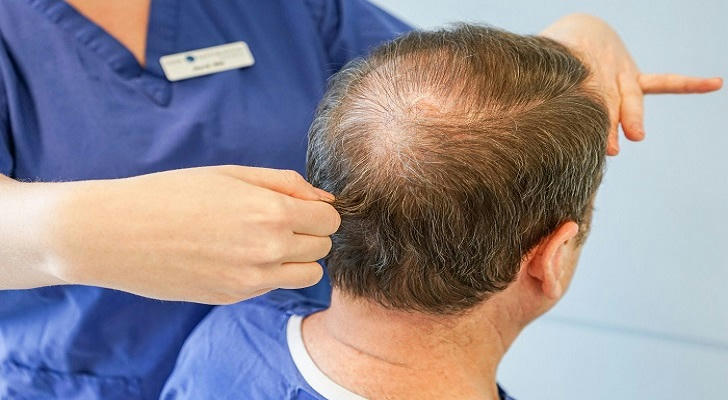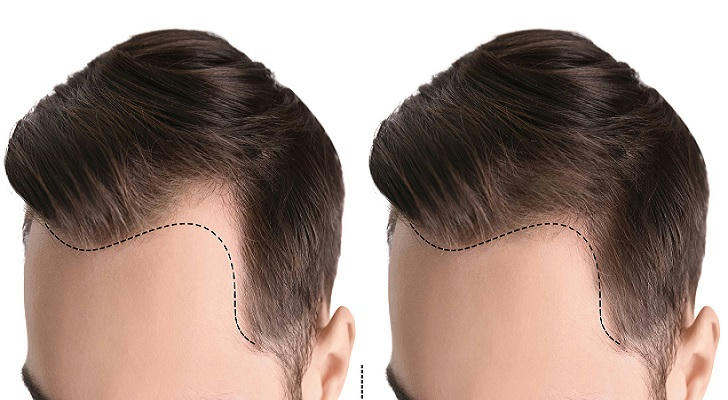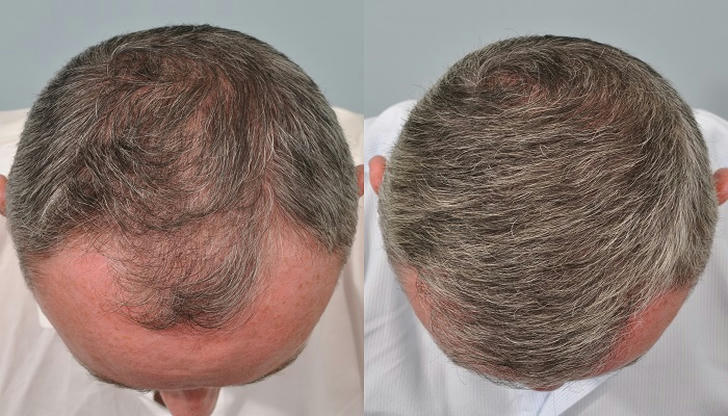The Truth About Hair Transplantation
Hair loss affects millions of men and women across the United States, leading many to explore hair transplantation as a permanent solution. Thanks to advancements in medical technology, hair restoration techniques have improved significantly over the years, providing more natural and long-lasting results. However, before undergoing a hair transplant, it’s essential to understand the procedure, potential risks, recovery process, and expected outcomes.
This article will provide an in-depth look at modern hair transplant techniques, factors to consider before treatment, and what patients can realistically expect from the procedure.
Understanding Hair Transplantation
Hair transplantation is a surgical procedure that involves extracting hair follicles from one part of the body (usually the back or sides of the scalp) and implanting them into areas affected by hair loss. The goal is to create a natural-looking hairline and restore hair density.

Types of Hair Transplant Procedures
There are two primary methods of hair transplantation:
Follicular Unit Transplantation (FUT)
- Also known as the "strip method," FUT involves removing a strip of scalp from the donor area, dissecting it into individual follicular units, and then implanting them in the recipient area.
- This method allows for the transplantation of a large number of hair follicles in a single session.
- It typically results in a linear scar at the donor site, which can be concealed with longer hair.
Follicular Unit Extraction (FUE)
- FUE involves harvesting individual hair follicles directly from the donor area using a small punch tool.
- Since no large strip of scalp is removed, there is minimal scarring, making it a popular choice for patients who prefer short hairstyles.
- The recovery time is generally shorter than FUT, but the procedure can take longer to perform.

Factors to Consider Before Getting a Hair Transplant
Before committing to a hair transplant, there are several key factors to consider:
Cost of the Procedure
Hair transplants are typically not covered by insurance since they are considered cosmetic procedures. The cost can range from $4,000 to $15,000, depending on the clinic, surgeon’s expertise, and number of grafts needed.
Choosing the Right Surgeon
Selecting an experienced and board-certified hair transplant surgeon is crucial for achieving natural-looking results. Patients should:
- Check the surgeon’s credentials and experience
- Look at before-and-after photos of previous patients
- Read reviews and testimonials
- Ask about the success rate of their procedures
The Hair Transplant Process: Step-by-Step
Understanding what happens during the procedure can help patients feel more prepared.
| Step | Description |
|---|---|
| Consultation and Evaluation | The surgeon assesses the patient’s scalp, hair loss pattern, and donor area. |
| Preparing for Surgery | Patients may be advised to avoid smoking, alcohol, and certain medications before the procedure. |
| Extraction of Hair Follicles | FUT: A strip of scalp is removed, and follicular units are extracted under a microscope. FUE: Individual follicles are carefully extracted using a punch tool. |
| Implanting the Hair Follicles | The surgeon makes tiny incisions in the recipient area and implants the follicles to mimic natural hair growth. |
| Post-Surgery Care | Patients receive instructions on how to care for their scalp and may be prescribed medications to reduce swelling and prevent infection. |

Recovery and Expected Results
Recovery Timeline
- First Few Days: Swelling, redness, and minor discomfort are common. Patients should avoid touching or washing the scalp aggressively.
- First Two Weeks: Small scabs may form around the transplanted follicles, which will naturally fall off.
- First Few Months: The transplanted hairs will shed within the first 3-6 weeks—this is a normal part of the process called “shock loss.”
- 6-12 Months: New hair begins to grow in the transplanted areas, with full results visible after a year.
Possible Side Effects
While hair transplants are generally safe, some potential side effects include:
- Swelling and discomfort in the treated area
- Temporary numbness in the scalp
- Minor scarring (more common with FUT)
- Infection (rare but possible if post-op care is not followed)

Common Myths About Hair Transplantation
There are many misconceptions about hair transplants. Here are some myths debunked:
Myth 1: Hair transplants are only for men.
- False! Women experiencing hair thinning or bald spots can also benefit from the procedure.
Myth 2: The results look unnatural.
- Modern techniques allow for natural-looking hairlines and density when performed by a skilled surgeon.
Myth 3: Hair transplants give immediate results.
- Patience is required—full results take up to 12 months to become visible.
Myth 4: Hair transplants are painful.
- Most patients experience only mild discomfort due to the use of local anesthesia.
Conclusion
Hair transplantation has become a highly effective solution for individuals struggling with hair loss. With advancements in technology, the procedure now offers natural-looking, long-lasting results for both men and women. However, it’s essential to have realistic expectations, choose a qualified surgeon, and commit to proper post-operative care to achieve the best outcome.
For those considering a hair transplant, thorough research and consultation with a board-certified hair restoration specialist can help ensure a safe and successful procedure. While hair transplantation is a significant investment, for many, it provides a life-changing boost in confidence and self-esteem.
